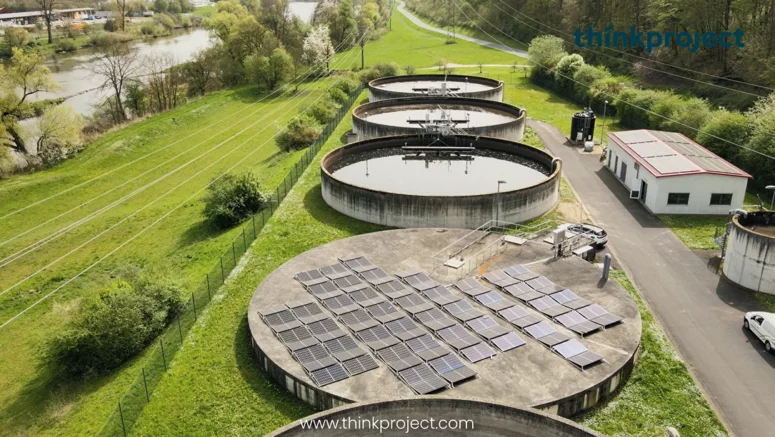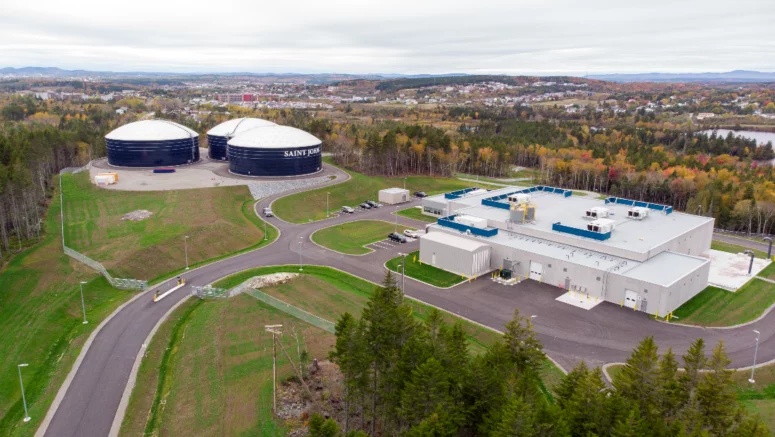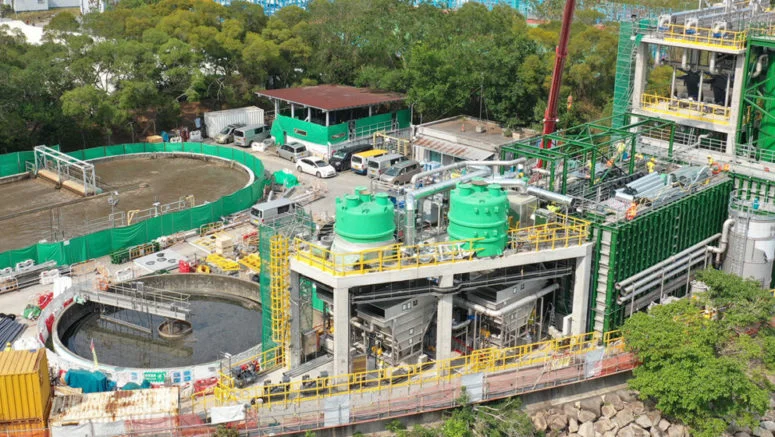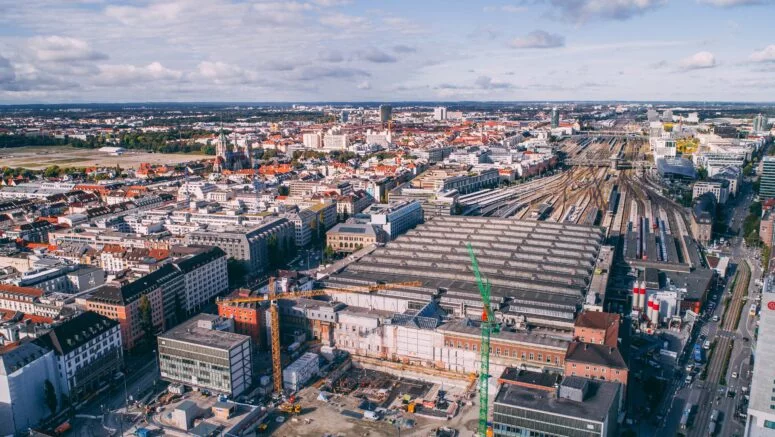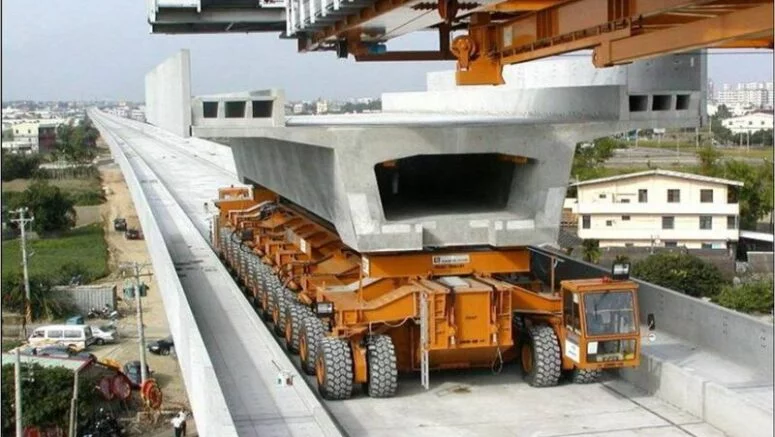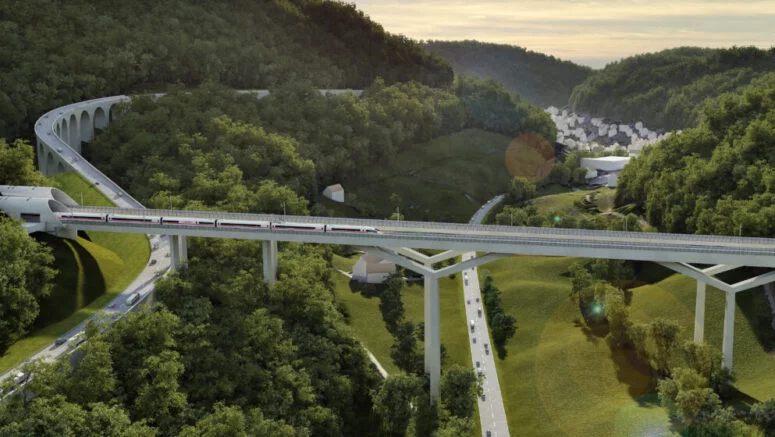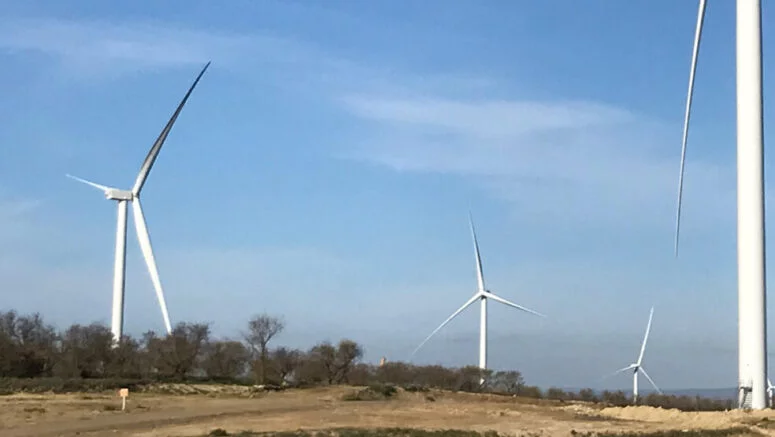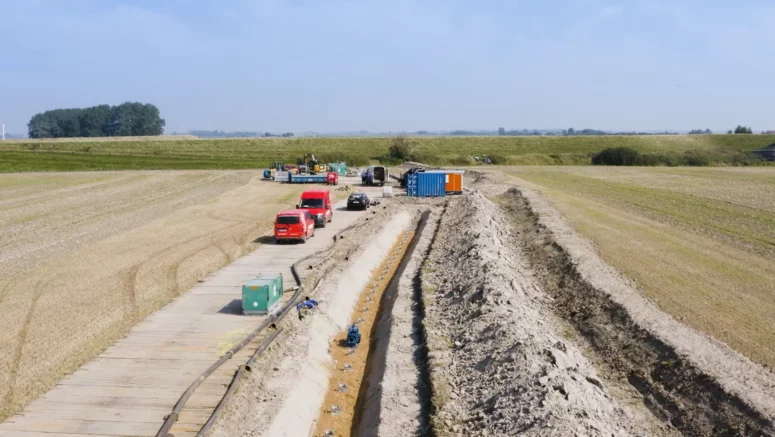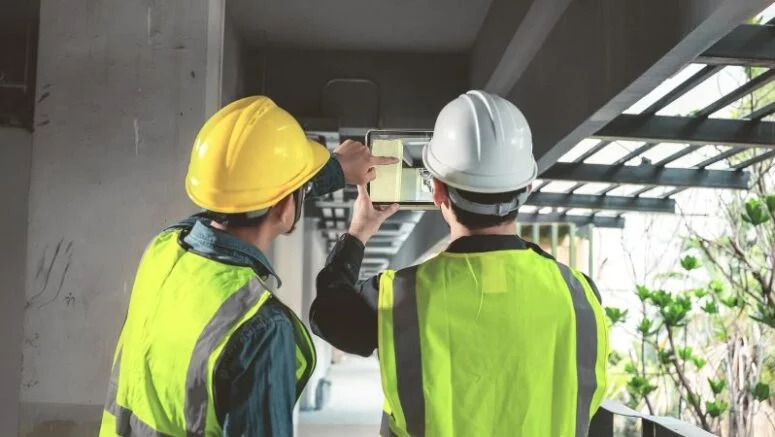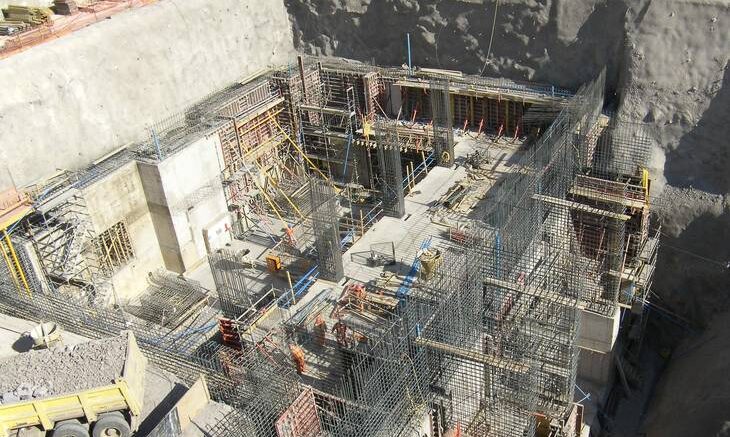Rapid urbanization, climate change, and population growth are putting global infrastructure under pressure, making it essential to rethink how it’s planned, delivered, and maintained.
At Thinkproject, we help infrastructure owners, operators, and developers work more efficiently and collaboratively. Our digital solutions connect all stakeholders on one platform, safeguarding data integrity, reducing risks, and driving better decisions.
Together, we’re enabling climate-resilient water management, cleaner energy, and sustainable mobility systems that support global climate goals and long-term value.
Water: Digital solutions for climate-resilient water management
Addressing scarcity, flood risk, and efficiency requires smarter data and infrastructure.
Water, essential for both communities and industries, is under intensifying pressure from climate change, population growth, and urbanisation. As of 2024, 2.2 billion people still lack safely managed drinking water and 3.4 billion lack safe sanitation. Meanwhile, global water use has continued to rise by about 1% per year for decades, reflecting the growing demands of agriculture, cities, and industry.
Climate change compounds these pressures. Droughts, extreme rainfall, and shifting precipitation patterns are becoming more frequent and severe, undermining water security even in developed regions. Glacial retreat is reducing the natural storage that hundreds of millions rely on, while rising sea levels threaten freshwater supplies through saltwater intrusion. The scale of the problem is clear:
Key metrics
2.4 billion
urban residents could face water scarcity by 2050
3 in 4 people
worldwide may experience water shortages and drought by 2050
56%
of domestic wastewater is safely treated globally
In Europe, one-fifth of the territory and 30% of the population experience water stress every year, while globally, water-related disasters such as floods and storms account for 70% of disaster-related deaths. These pressures reveal not only the urgency of the challenge, but also the scale of transformation required. Tackling water scarcity, improving wastewater treatment, and building resilience against floods will require smarter use of data, stronger collaboration, and more innovative digital infrastructure solutions.
Customer projects
Mobility: Enabling low-carbon and future-proof mobility
Reimagining mobility is key to connecting communities, driving economic growth, and cutting carbon emissions in an increasingly urban world.
Efficient transport networks are the backbone of modern economies, providing access to jobs, education, and healthcare while driving trade and growth. Yet today, mobility systems worldwide stand at a crossroads. The transport sector remains one of the largest contributors to global greenhouse gas emissions, about 20%, and is a major source of urban air pollution.
In Europe, transport accounts for a significant share of emissions and has seen almost no reduction since 2005, spurring ambitious policies to decarbonize mobility, from EU fuel efficiency standards to the U.S. drive for electric vehicles. Progress is visible: nearly 14 million electric cars were sold globally in 2023, representing 18% of all new cars, compared to just 5% in 2017. China, Europe, and the U.S. are leading this transition, complemented by investments in public transit and bike-friendly urban design. Still, significant gaps remain.
Key metrics
60%
projected increase in transport-related emissions by 2050
1 in 8 people
lack basic transport access
70%
of the global population will live in cities by 2050
Meeting these challenges will require not only large-scale investment in infrastructure, such as charging networks, high-speed rail, and safe pedestrian pathways, but also systemic change. Smarter urban planning, intelligent traffic management, and equitable access to mobility services will be essential to creating greener, more inclusive transport systems for the future.
Customer projects
Energy: Accelerating the energy transition
Achieving a carbon-neutral world will require a profound change in the way we generate and use energy.
The International Energy Agency’s Net Zero by 2050 scenario outlines a feasible pathway for the global energy sector to reach net-zero emissions by mid-century, essential to limiting global temperature rise to 1.5°C and avoiding the most severe impacts of climate change. This calls for rapid expansion of renewable energy, higher efficiency, deployment of clean hydrogen, and advanced emissions-reduction technologies. Energy underpins modern life, from industries and homes to digital connectivity, yet today’s systems remain dominated by fossil fuels and emissions continue to rise despite record growth in clean energy.
Alongside the climate challenge lies an equity challenge: hundreds of millions of people remain without access to electricity, while billions still rely on polluting fuels for cooking. This dual reality underscores the scale of transformation needed, simultaneously phasing out carbon-intensive energy while expanding reliable and affordable access for all.
Key metrics
37.8 Gt CO2
of energy-related emissions were released globally in 2024
675 million people
worldwide still live without electricity
75%
of global energy is expected to still come from fossil fuels by 2030
Meeting these challenges will require tripling renewable capacity by 2030, scaling up grids and storage, and accelerating investment in green hydrogen, electric mobility, and other clean technologies. Such systemic change is vital for aligning the energy sector with climate goals while ensuring secure and inclusive access to power.
Customer projects
Sources:
European Environment Agency. (2024). Greenhouse gas emissions from transport in Europe.
International Energy Agency. (2024). Global EV Outlook 2024: Executive summary.
International Energy Agency. (2025). Global energy review 2025: CO₂ emissions.
Reuters. (2024). ‘Age of electricity’ to follow looming fossil fuel peak, IEA says.
United Nations Statistics Division. (2025). Goal 6: Clean water and sanitation. United Nations.

